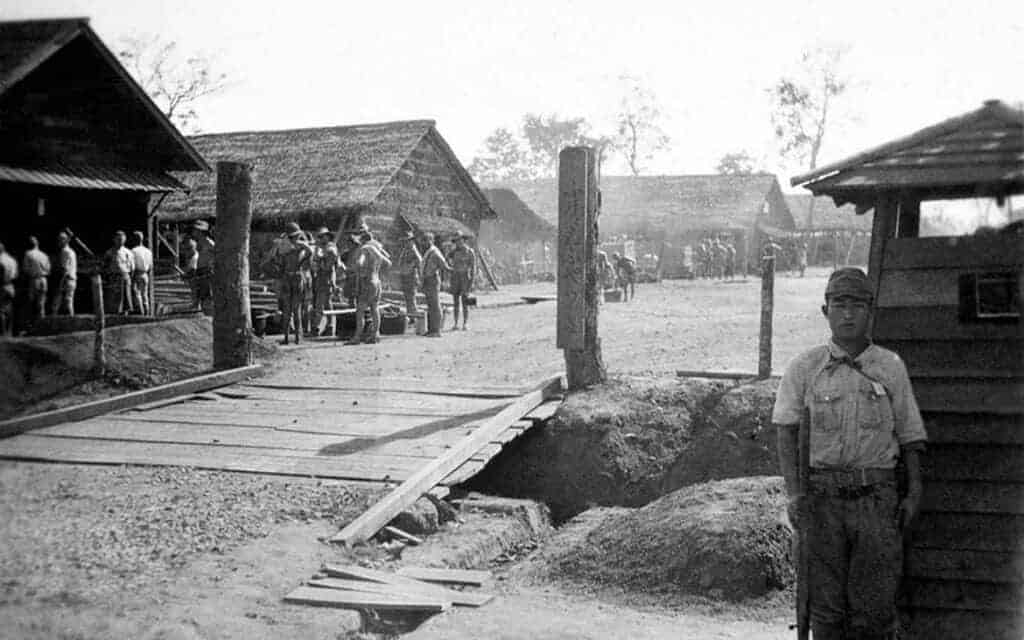The term “prisoner of war” dates as far back as 1660, recognizing an individual detained by an enemy power in the course of an armed conflict. These individuals are legitimately held to prevent them from rejoining the fight, but under modern international law cannot be punished for their legal actions during the war; instead, they are treated as protected individuals, unable to be conscripted, abused, or mistreated. During the Second World War, more than 10,000,000 soldiers were taken captive by the enemy at some point, including more than 5,000,000 Soviets under Nazi Germany. Although documentation is scarce, as with the end of the war Japanese Armed Forces systematically destroyed much of the limited available documentation related to their POW Camps, enough remains, in addition to survivor and witness accounts, to provide a horrific picture of life and captivity for Allied prisoners of war in the Pacific Theater.
Here are 20 Facts About Japanese Prisoner of War Camps During World War Two (Warning: The following article contains graphic imagery and content that might be upsetting to some individuals):

